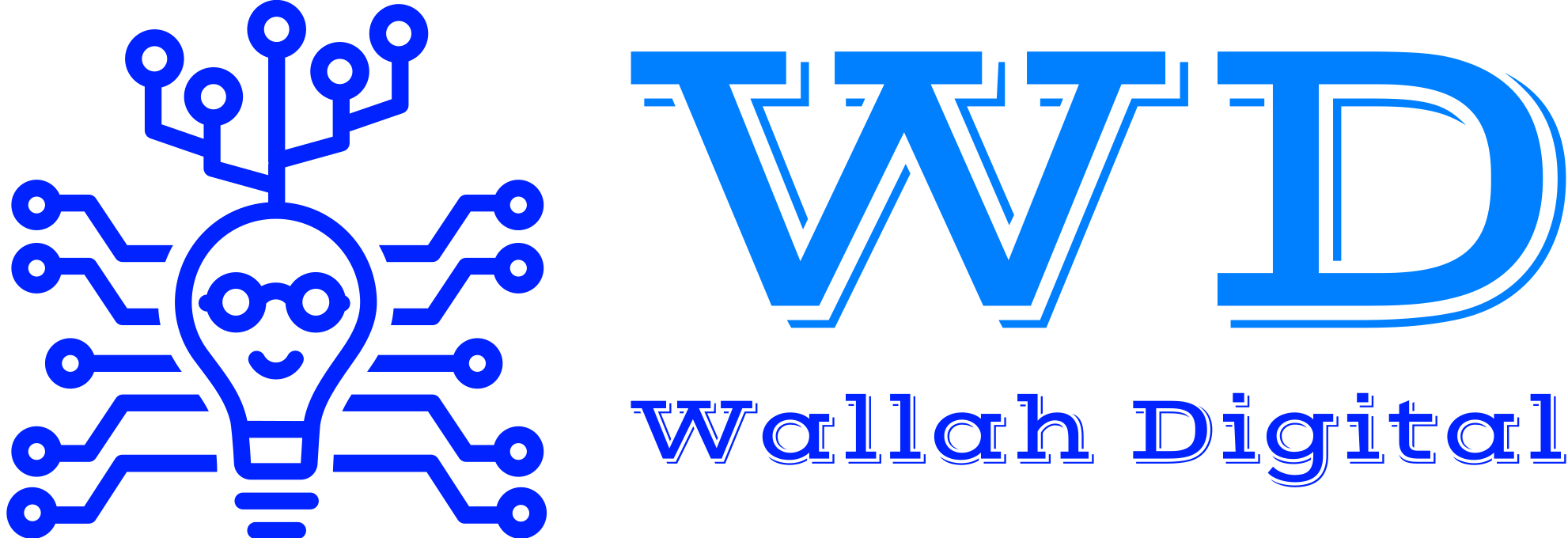In the realm of artificial intelligence, language models have emerged as a transformative force, redefining the way we interact with technology and process information. Among these, Large Language Models (LLMs) stand out as particularly powerful tools, capable of understanding, generating, and even translating human language with remarkable accuracy. In this blog post, we’ll delve into what LLMs are, and their significance, and explore some of the best LLM projects that showcase their capabilities.
Understanding LLMs:
At their core, LLMs are sophisticated algorithms trained on vast amounts of text data to understand and generate human-like language. These models, built upon neural network architectures like Transformer, leverage deep learning techniques to process and analyze text, enabling a wide range of natural language processing tasks such as text generation, sentiment analysis, language translation, and more.
One of the most prominent LLMs is OpenAI’s GPT (Generative Pre-trained Transformer) series, which includes models like GPT-3. These models have garnered widespread attention due to their ability to generate coherent and contextually relevant text across various domains.
Significance of LLMs:
The significance of LLMs lies in their versatility and scalability. Unlike traditional rule-based systems, LLMs can adapt to different linguistic patterns and contexts by learning from vast datasets. This adaptability makes them valuable assets in applications ranging from virtual assistants and chatbots to content generation and language translation.
Moreover, LLMs have the potential to democratize access to advanced language processing capabilities. With pre-trained models readily available, developers and researchers can leverage these resources to build innovative solutions without requiring extensive expertise in machine learning.
Best LLM Projects:
- Text Generation: LLMs excel at generating human-like text based on given prompts. Projects like “Talk to Transformer” allow users to interact with GPT-based models in real-time, witnessing their text generation capabilities firsthand. From creative storytelling to code completion, these projects showcase the breadth of possibilities offered by LLMs.
- Language Translation: LLMs have demonstrated impressive performance in language translation tasks. Projects like Google Translate and DeepL utilize LLMs to provide accurate and contextually relevant translations across multiple languages. These advancements in translation technology contribute to breaking down language barriers and facilitating cross-cultural communication.
- Content Creation: LLMs are increasingly being used to automate content creation processes. Platforms like ShortlyAI leverage GPT-based models to generate high-quality articles, blog posts, and product descriptions based on user input. By streamlining content creation workflows, these projects empower businesses and content creators to produce engaging content at scale.
- Sentiment Analysis: LLMs can analyze text data to discern underlying sentiments and emotions. Projects like Sentiment140 use machine learning models, including LLMs, to classify tweets based on sentiment (positive, negative, or neutral). Such applications find use cases in market research, social media analytics, and customer feedback analysis.
- Personalized Recommendations: LLMs can personalize recommendations by understanding user preferences and context from textual inputs. Projects like Netflix’s recommendation system employ LLMs to analyze viewing history and suggest content tailored to individual tastes. These recommendation engines enhance user experience and increase engagement across various platforms.
Conclusion:
In conclusion, LLMs represent a paradigm shift in natural language processing, enabling a wide range of applications with their ability to understand and generate human-like text. From text generation and language translation to sentiment analysis and personalized recommendations, LLM projects continue to push the boundaries of what’s possible with AI-powered language models. As research and development in this field progress, we can expect LLMs to play an increasingly integral role in shaping the future of human-computer interaction and communication.

